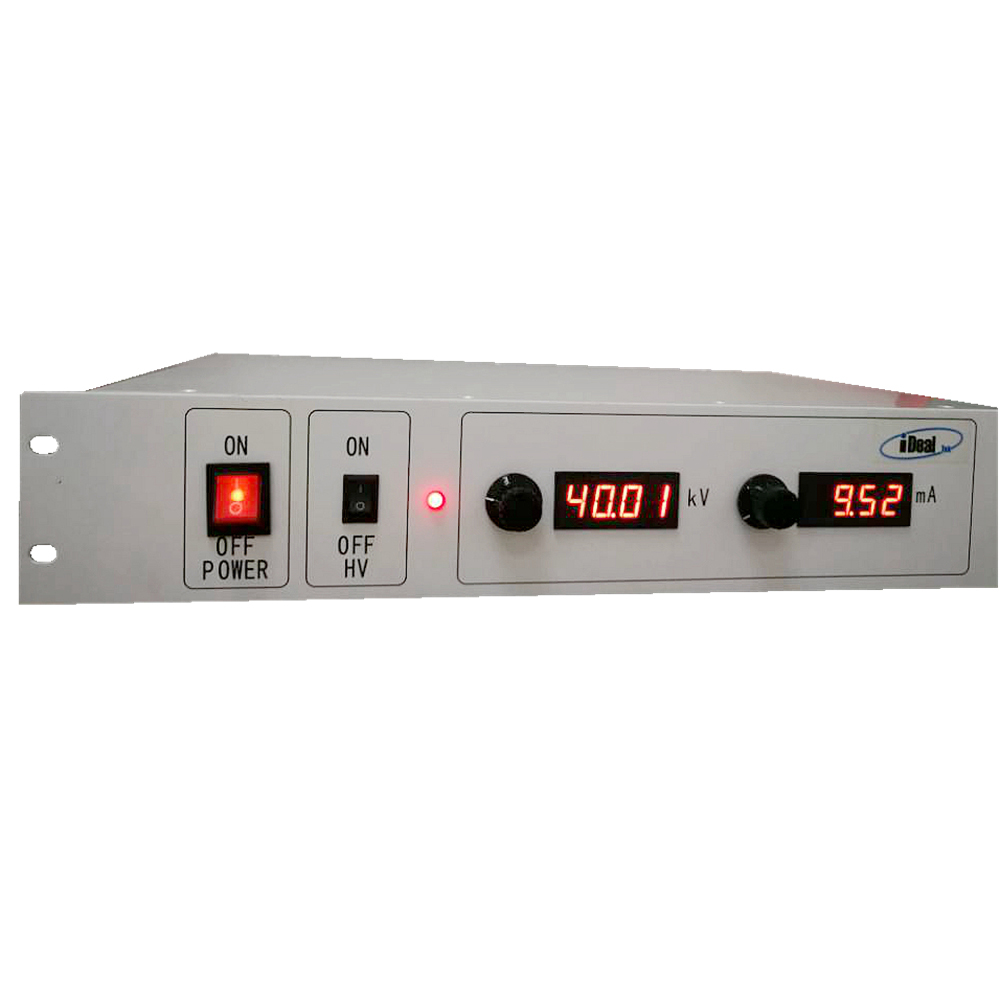Thermal relays are essential protective devices used to safeguard electric motors and other electrical equipment from damage caused by overload conditions. These relays work based on the thermal effect of electric current, ensuring that the motor doesn't suffer from excessive heat buildup due to prolonged or severe overloads.
When a motor is in operation—whether it's driving machinery or performing other tasks—it may encounter abnormal situations such as mechanical jams or electrical faults. These issues can lead to an increase in current flowing through the motor windings, causing the motor speed to drop and the winding temperature to rise. If the overload is mild and short-lived, the motor can usually handle it without damage. However, if the overload persists for a long time or is significant in magnitude, the temperature of the windings can exceed safe limits, leading to insulation degradation, reduced lifespan, and even complete failure of the motor.
To prevent this, a thermal relay is employed. The thermal element of the relay is connected in series with the motor’s stator winding. Meanwhile, the normally closed contact of the thermal relay is integrated into the control circuit of the AC contactor’s electromagnetic coil. By adjusting the current setting knob, the bimetallic strip is positioned so that it remains just close to the push rod. Under normal operating conditions, the current passing through the thermal element matches the motor’s rated current. This causes the bimetallic strip to slightly bend, keeping the push rod in contact with the herringbone lever without triggering any action. As a result, the normally closed contact remains closed, allowing the AC contactor to stay engaged, and the motor continues to run smoothly.
In the event of an overload, the current through the thermal element increases, causing the bimetallic strip to heat up more significantly. This leads to greater bending, which pushes the herringbone lever. The movement of the lever then triggers the normally closed contact to open, cutting off the power supply to the contactor coil. This results in the contactor releasing, thereby disconnecting the main power supply to the motor and stopping it to prevent further damage. It’s important to note that thermal relays typically protect the motor by interrupting the control circuit rather than directly cutting the main power. This design ensures efficient and reliable protection against overloading, making thermal relays a vital component in industrial and commercial motor control systems.
High Voltage Laboratory Power Supplies
The LTP series laboratory high-voltage power supply is a high-voltage power supply specially designed for high-voltage laboratory applications with high precision, high stability, and low ripple output characteristics. Built in 19 inches, 2U standard chassis with designed output power at 1KW and output voltage ranges 1KV to 60KV.

After optimizing the output stability and output ripple on the basis of the 1KW high-voltage power module, the stability and ripple of the high voltage lab power supplies can reach the level at 0.1%.
The high-voltage laboratory power supply is also a constant-voltage and constant-current type high-voltage power supply. The output voltage and current can be continuously adjusted from 0 to the rated value via the added control potentiometers added to the front panel, high resolution LEDs display for output KV and mA are also added for intuitive measuring of high voltage laboratory bench.
The lab high voltage power supply is also equipped with DB9 interface as standard. Customers can apply 0-10V signals and dry contact signals to the interface according to our interface definition to achieve comprehensive control and monitoring functions on the power supply, like high voltage start / stop, output setting and reading.
The LTP series laboratory high voltage power supply is equipped with complete protection functions, which can deal with sparking, short circuit, overload, load discharge and other situations.
At present, the high-voltage laboratory power supply is mainly used in Laboratory power, High-voltage test stands, Electrostatics, Capacitor / Insulations testing and Electrophoresis applications.
High Voltage Lab Power Supplies, High Voltage Laboratory Power Supplies, High-voltage Lab Power Supplies, Laboratory High Voltage Power Supplies, Lab High Voltage Power Supplies
Yangzhou IdealTek Electronics Co., Ltd. , https://www.idealtekpower.com